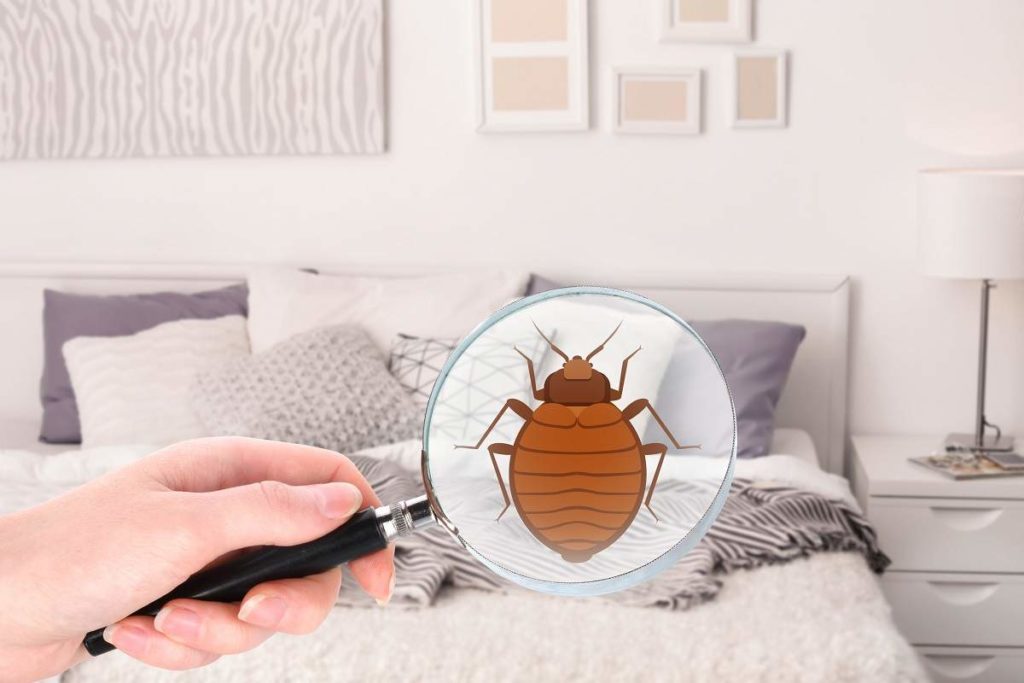Preventing and Getting Rid of Bed Bugs
Bed bug infestations can turn bedrooms from places of sleep and relaxation to sites of unrest and chaos. If you wake up with red bites or spots of blood on the bedding, you may well have a case of bed bugs, and you’re wouldn’t be alone: bed bugs are the fastest growing pest control emergency in the world. These tiny, blood-sucking creatures, springing back from near-extinction in the 1950s, use their size and resilience to find homes in fabric, furniture and small cracks, not just beds. A bed bug infestation can seem like an unstoppable invasion into your house. However, with a few preventative measures and adjustments for getting rid of bed bugs, you can rest assured again.

Know Your Enemy
Bed bug prevention and extermination tips often coincide with making your home uninhabitable for the creatures. To make that happen, you have to understand the bed bugs’ habitats and weaknesses. This makes the tough task of getting rid of bed bugs, or the easier task of preventing them from infesting, all the simpler.
Bed bugs, or Cimex lectularius, are small insect parasites. Adult bed bugs grow to around 5mm, or the size of an apple seed. Their bodies are paper-thin, meaning they can crawl into small cracks, through any loosely-woven fabric, or even into books and electronics. The best way to prevent them from arriving or spreading is through destroying or regularly cleaning their potential habitats. The pests are extremely hardy and can even hibernate.
Getting Rid of Bed Bugs’ Habitats
As mentioned, bed bugs don’t just live in beds. They live anywhere they can, staying near beds as their 30-metre-a-night maximum crawling distance keeps them near their favourite hosts: us. As they are sensitive to heat, they often stay in cool dark places like cracks in the wall or under peeling paint. It’s well worth sealing cracks and cleaning carpets and shelves regularly, so the creatures can’t find a home there. If you think you have bed bugs, check the linings and joints in the bed frame for blood and excrement. Vacuum clean regularly near your bed, and if you have bed bugs, empty vacuum bags and dispose of them in outside bins safely.
Place Mattresses and Infested Clothes in Bug-Proof Wraps
While bed bugs can live elsewhere in a bedroom, they often do live in beds and bedding. The thickness of mattresses and duvets makes it hard to get them out once their in. To keep from coming or going, wrap mattresses and in bug-proof tightly-woven linings, or simply zip-up plastic. In other words, encase, just in case. This prevents anything from getting in, but getting rid of bed bugs can be time-consuming. Their ability to hibernate means that they can last for over a year without a meal. Rather than plastic-wrapping an infested duvet for twelve months, bed bug exterminators streamline the process with chemical or heat-treatments. Expert help also prevents new, clean mattresses from picking up previous infestations.
Getting Rid of Bed Bugs with Drying and Heat-Treatment
Heat is a bed bug’s biggest weakness. Eggs and adults die in a matter of minutes when faced with heat above 45 degrees Celsius. While this isn’t practical to treat mattresses, bedroom fabrics, toys and clothes can be machine washed and dried on hot settings to kill the parasites. Use the hottest possible setting without damaging your possessions to ensure the best results for getting rid of bed bugs. This will also treat the musty odour that bed bugs often release from their scent glands. Treatment schemes like this tackle individual infestations, but the whole room or building may still harbour the pests. The best course of action is calling the exterminators, to be sure you have the right diagnosis and you aren’t scattering or spreading the bugs.
Conclusion: Getting the Exterminators in
Bed Bug exterminators are experienced in verifying and treating bed bug infestations. Home-surveys from pest control can be fairly intensive, so it may be worth decluttering draws ahead of time or carrying out initial surveys while you wait for them to arrive. Infestations carry a bit of a stigma, but bed bugs create huge problems which don’t get smaller by themselves, so calling the exterminators sooner is often better. With preventative measures and early treatments in place, you can be rid of the bugs and sleeping tightly again as soon as possible.
